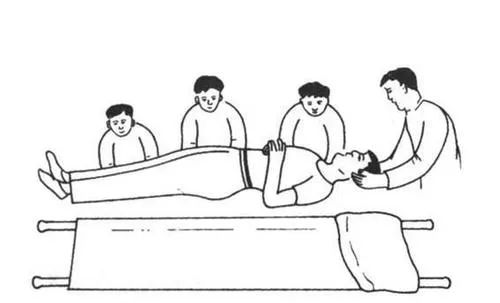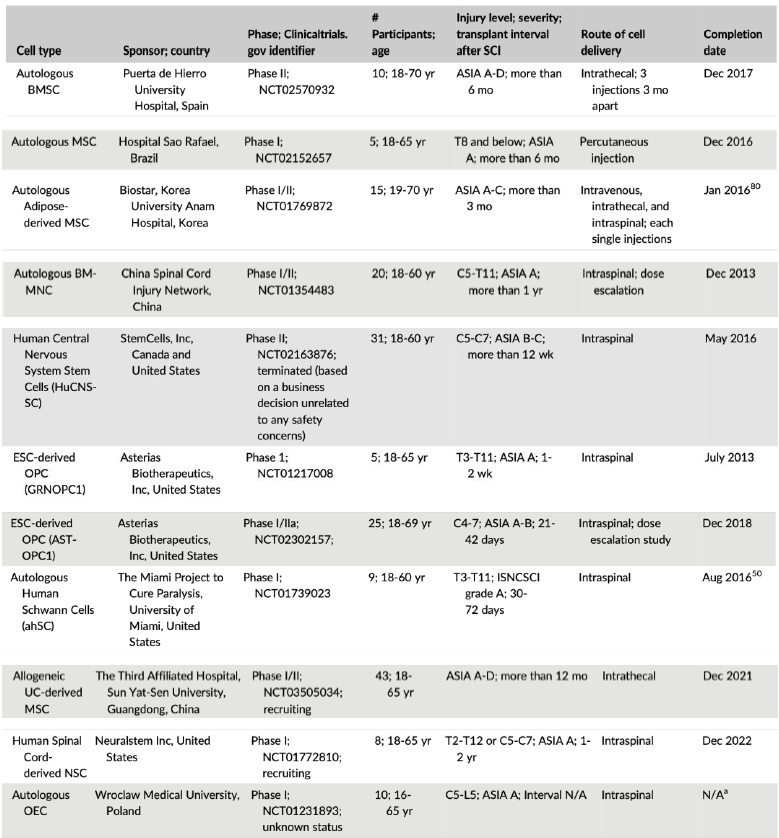New breakthrough in stem cell treatment of spinal cord injury
- Normal Liver Cells Found to Promote Cancer Metastasis to the Liver
- Nearly 80% Complete Remission: Breakthrough in ADC Anti-Tumor Treatment
- Vaccination Against Common Diseases May Prevent Dementia!
- New Alzheimer’s Disease (AD) Diagnosis and Staging Criteria
- Breakthrough in Alzheimer’s Disease: New Nasal Spray Halts Cognitive Decline by Targeting Toxic Protein
- Can the Tap Water at the Paris Olympics be Drunk Directly?
New breakthrough in stem cell treatment of spinal cord injury
- Should China be held legally responsible for the US’s $18 trillion COVID losses?
- CT Radiation Exposure Linked to Blood Cancer in Children and Adolescents
- Can people with high blood pressure eat peanuts?
- What is the difference between dopamine and dobutamine?
- What is the difference between Atorvastatin and Rosuvastatin?
- How long can the patient live after heart stent surgery?
New breakthrough in stem cell treatment of spinal cord injury, and neural stem cells are the biggest contributor. Neural stem cells are safe and effective in treating spinal cord injury.
Stem cells are a new breakthrough in the treatment of spinal cord injury, and neural stem cells are the biggest contributor. Neural stem cells are safe and effective in treating spinal cord injury.
Stem cells are a type of cells with the potential for self-proliferation and multidirectional differentiation. With the development of regenerative medicine technology, stem cells are used as seed cells in various tissues of the body, showing good application prospects in regeneration and repair.
Spinal cord injury is a common traumatic disease in spinal surgery, which leads to neuronal death, functional motor and sensory loss, and usually causes serious impairment of somatosensory and function below the injury surface, and loss of self-care ability.
Spinal cord injury has the characteristics of high morbidity, low cure rate, high disability rate, and many complications, which not only brings a heavy economic burden to individuals but also to society.
In the past 30 years, with the deepening of stem cell research, the use of neural stem cells to treat spinal cord injury has now become the direction of clinical research. Stem cell transplantation provides a new clinical intervention method for spinal cord injury.
Traditional methods of intervention for spinal cord injury are not satisfactory
Spinal cord injury (SCI) is a central nervous system injury with a high disability rate. According to statistics, the average annual prevalence of traumatic spinal cord injury in Asia is 12.1-61.6 person-times/million.
At present, the traditional intervention method for traumatic spinal cord injury is decompression surgery and related rehabilitation training. It is the main method of treating spinal cord injury, but its effect on improving nerve function is very limited, and the cost of treatment and care is expensive. The cost brings a heavy burden to the patient’s family and society.

Neural stem cell transplantation has great potential to intervene in spinal cord injury
With the progress of society and the improvement of scientific level, stem cell therapy brings new ideas for the rehabilitation of spinal cord injury. Neural stem cell transplantation can experimentally repair spinal cord injury, promote the amount of neurotrophic factors and anti-inflammatory cytokines, and promote nerve tissue regeneration and blood vessel formation.
Neural stem cells are mainly located in the lateral subventricular zone (SVZ) and the hippocampal dentate gyrus subgranular zone (SGZ). The study found that neural stem cells have the potential for self-replication and multidirectional differentiation, and concluded that neural stem cells (NSCs) are in the central nervous system in an undifferentiated state, capable of self-renewal and replication, and differentiate into neuronal cells, astrocytes, and oligodendrocytes. The ability of plasma cells to self-renew, produce cells other than themselves through asymmetric division, and is sufficient to provide a large number of stem cells for brain tissue cells.
The advantages of stem cell transplantation in the treatment of traumatic spinal cord injury are superior to traditional therapies.
1. There are many kinds of stem cells, which are easy to obtain and safe to extract.
2. Autologous transplantation has no immunosuppressive effect.
3. There is no moral problem, such as dental pulp stem cells, adipose stem cells and activated macrophages;
4. Multiple transplant options, such as intravenous injection, local injection and subarachnoid injection.
Basic experimental research
k.z.Lee’s research confirms that the neuronal differentiation of neural stem cells transplanted in rodents can partially restore neural stem cells. Some studies transplanted neural stem cells from mice with spinal cord injury into the injured spinal cord, followed by immunofluorescence staining of neutrophils and macrophages, tumor necrosis factor-a (TNF-a), interleukin-1p (IL -1p), interleukin-6 (IL-6) mRNA levels were detected, and it was found that NSC transplantation can regulate the inflammatory response induced by spinal cord injury by reducing the activation of M1 macrophages and infiltrating neutrophils and enhance the post-injury spinal cord injury Nerve function.
Cell therapy used to treat spinal cord injury
In clinical trials, the most common cell sources used to treat spinal cord injury are mainly mesenchymal stem cells, neural stem cells, and oligodendrocyte precursor cells.

Table 2. Progress in clinical trials of stem cell treatment of spinal cord injury [1]
Sum up
Spinal cord injury can lead to rupture of axons and death of neurons, causing permanent dysfunction in patients. Although the transplantation and replacement of neural stem cells and biological scaffolds have made important progress in the field of spinal cord injury repair, they have promoted the improvement of the microenvironment after injury, the repair of nerve factors, and the recovery of nerve function.
The application of neural stem cells to the nerve repair of spinal cord injury is the hope of human beings in the treatment of spinal cord injury. It provides a new option for solving traditional traumatic spinal cord injury and has a broad prospect.
New breakthrough in stem cell treatment of spinal cord injury
(sourceinternet, reference only)
Disclaimer of medicaltrend.org



